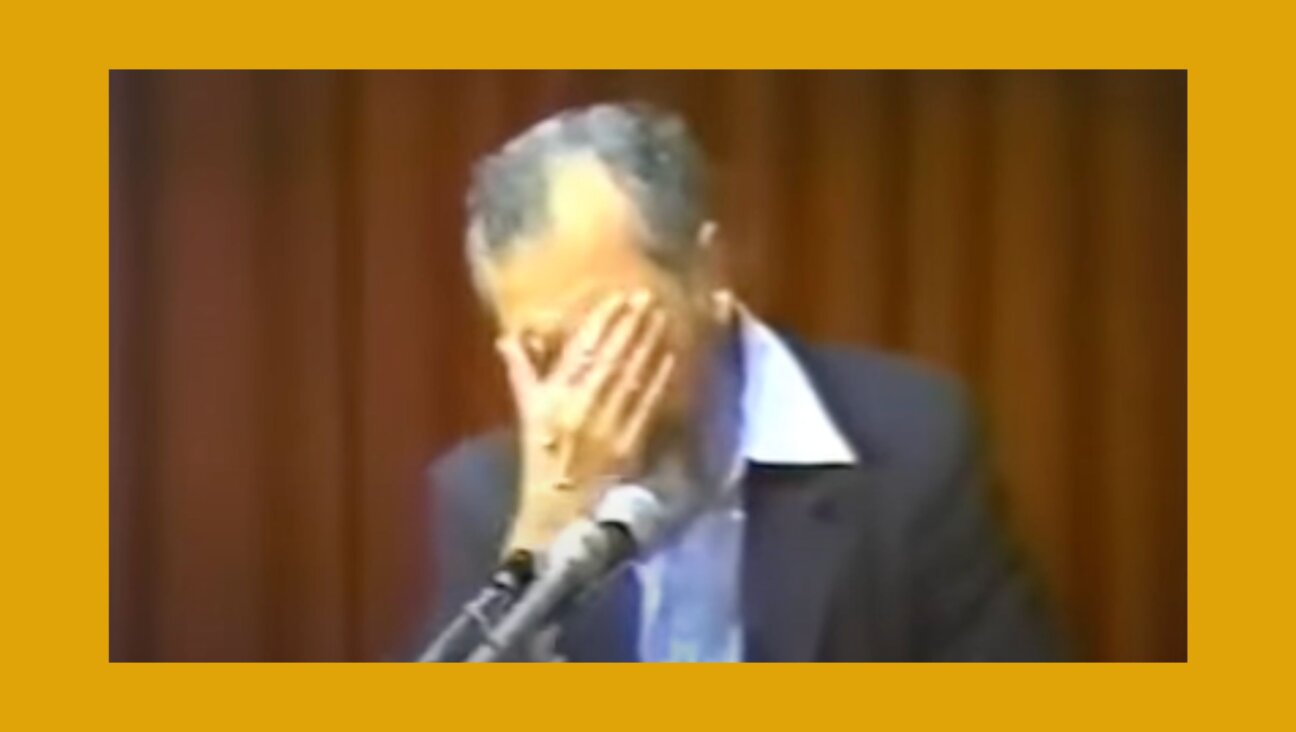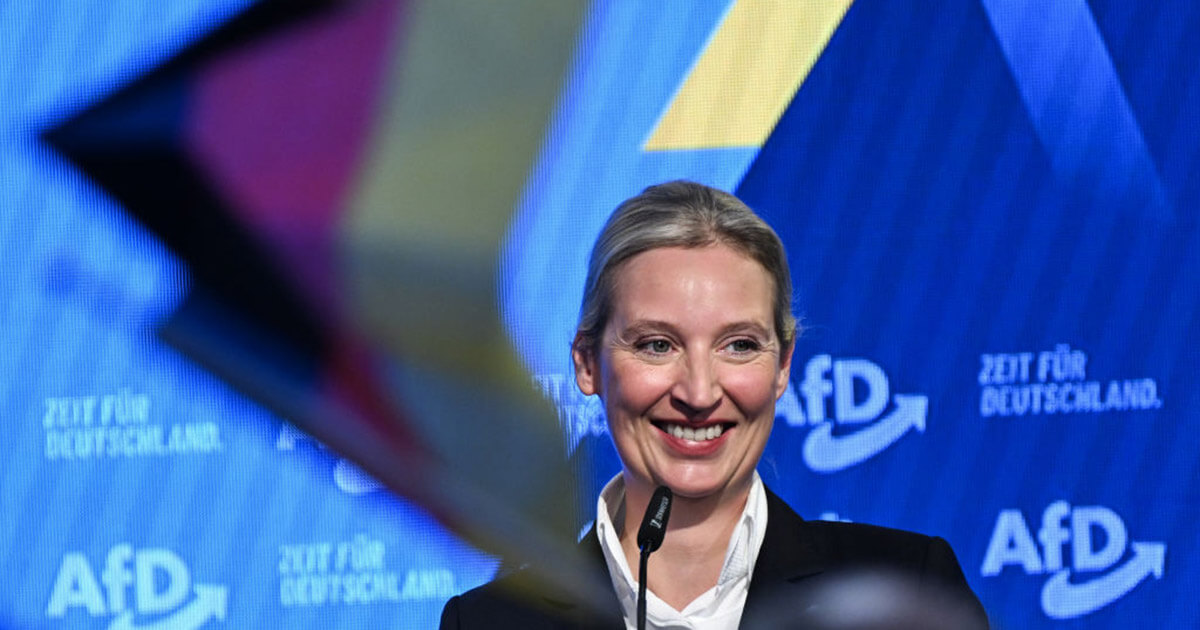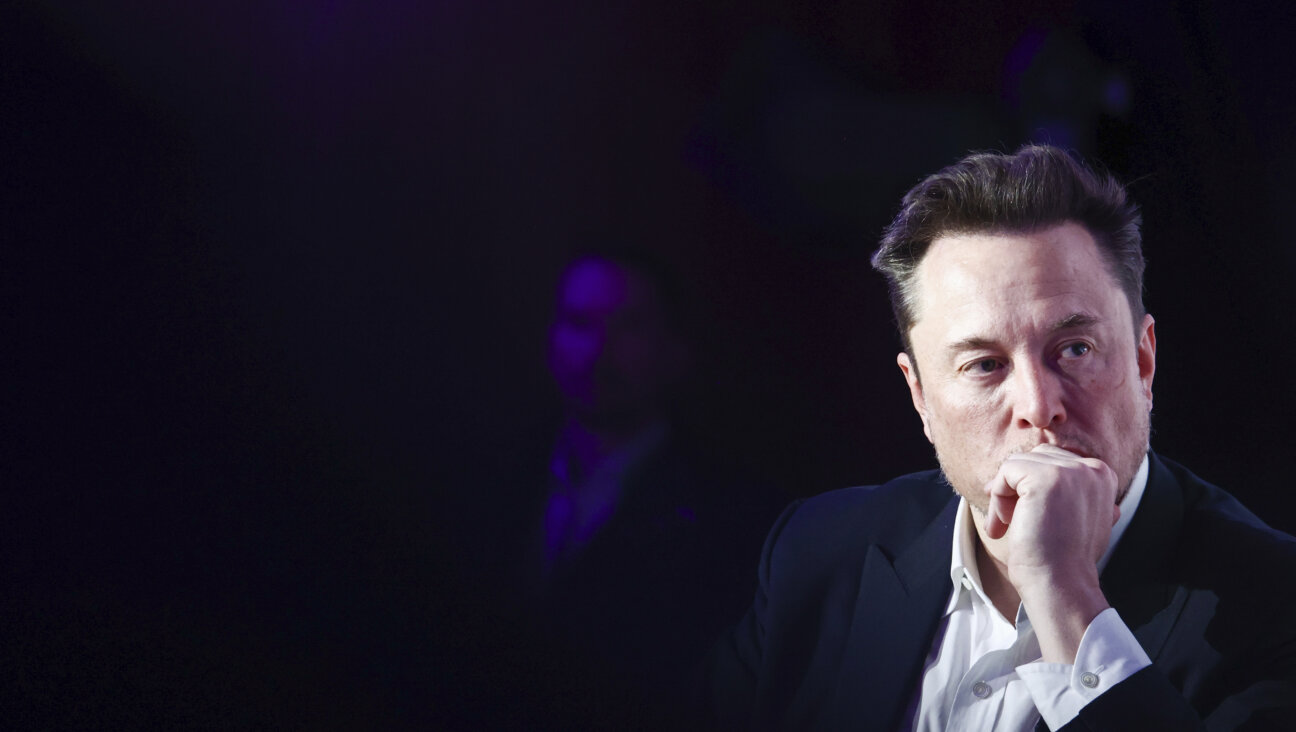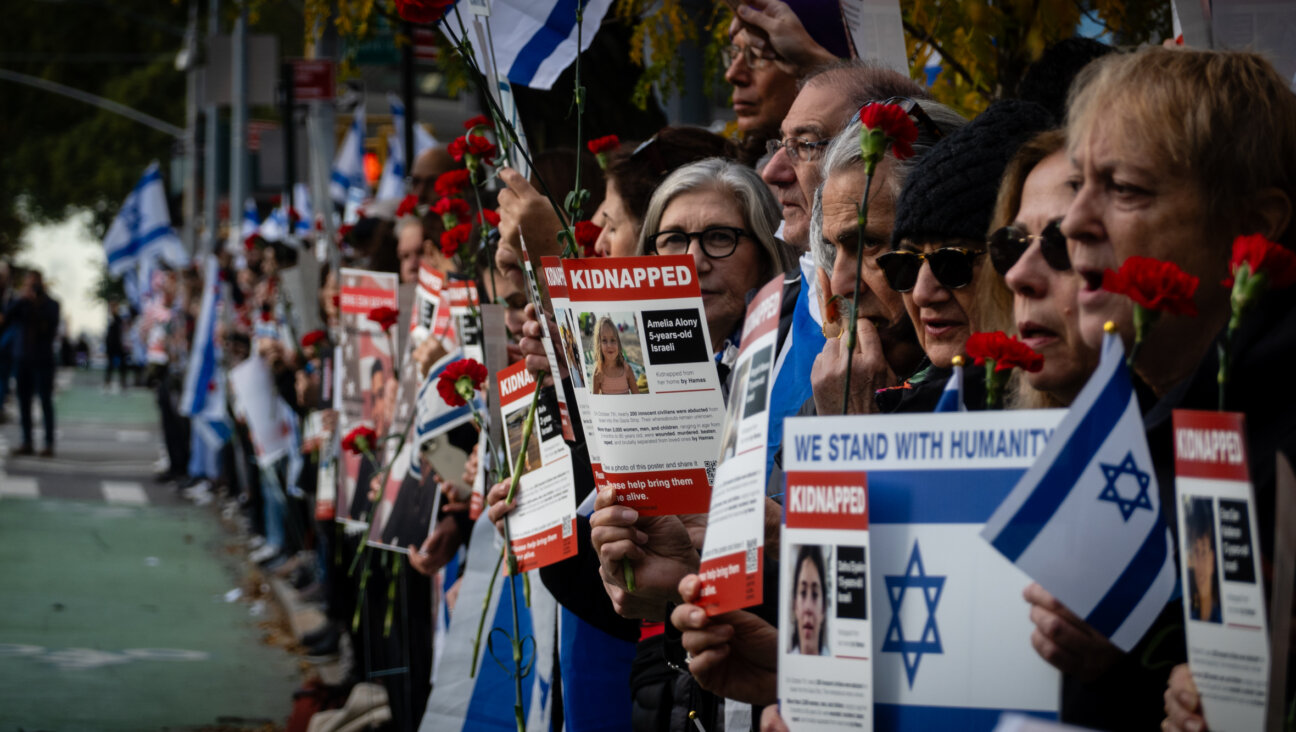Once-feuding Blood Relatives, United in a Marriage of Ideals
My grandmother Bessie was a Jewish communist. She read the Morning Freiheit from the day it was launched in 1922, and she held its long-time editor, Paul (Peysakh) Novick, in the kind of high regard that hasidim reserve for their rebbe. When the Freiheit folded in 1988, I offered my 94-year-old bubbe a subscription to the Forverts so she might still enjoy reading a Yiddish paper.
I might as well have asked her to vote Republican to enjoy exercising her franchise. She even muttered “social fascists,” the scathingly sectarian term that communists applied to their socialist rivals during the 1930s.
She couldn’t quite remember the names of her great-grandchildren — but this she could remember.
Today, however, my bubbe’s curses have been replaced by words of love. Jewish Currents magazine — first published in 1946 by the Morning Freiheit Association, under the name Jewish Life — has married the Workmen’s Circle/Arbeter Ring, the 106-year-old Jewish fraternal/sororal organization for whom the Forverts, not the Freiheit, was the paper of record.
Jewish Life transmuted into Jewish Currents in 1956, declaring its independence from the Communist Party following Nikita Khrushchev’s “secret” speech about the “extreme methods and mass repression” of Stalinism. Throughout the 1950s and 1960s, the magazine was a fixture in the homes of many of our family friends, who had been chased out of the communist world by both Joseph Stalin and Joseph McCarthy. The grandparents would read the Freiheit; the parents, Jewish Currents; us kids, MAD magazine.
Pirkei Avot teaches that “Moses received Torah from Sinai, and passed it on to Joshua; and Joshua to the elders; and the elders to the prophets; and the prophets to the sages of the Great Assembly” (1:1). In our case, Torah meant secular Jewish identity, devotion to (if not actual literacy in) the Yiddish language, and commitment to the anti-establishment spirit of Jewish culture.
On the printed pages of Jewish Currents, it meant opposition to Jim Crow and the Vietnam War, commemoration of the Warsaw Ghetto Uprising and other forms of anti-Nazi resistance, translations of classic Yiddish literature, hopes for a socialist Israel at peace with its neighbors, endorsement of black-Jewish solidarity in the United States, and increasingly vocal concern about the repression of Jews and Jewish culture in the Soviet Union.
Last Sunday we held an organizational wedding at Workmen’s Circle headquarters on Sholom Aleichem Place in Manhattan, in the same building as the Forward offices. Representatives of both communities constructed a chupah from old photographs and magazine covers. Everyone in the room came to circle beneath and around that chupah, to recite any or all of our seven blessings of commitment. We offered champagne toasts to one another, delighted in Jenny Romaine’s “Great Small Works” theater and Sarah Felder’s juggling act (with a Yiddish patter) — and then some serious multi-generational dancing began.
Seventy-five years earlier, these groups had split into warring socialist and communist camps, figuratively as well as literally. The Workmen’s Circle’s Camp Kinder Ring and the International Workers’ Order’s Camp Kinderland used to throw brickbats at one another from opposite shores of Sylvan Lake in Hopewell Junction, N.Y. Now, the long-divorced couple has remarried. “Nu,” more than one wedding kibitzer asked me last Sunday, “are you planning to have children?”
Indeed, we are. Although I often tell friends that I signed on as editor of Jewish Currents in order to be considered a “youth” throughout my middle age — for our veteran readers, anyone not yet collecting Social Security is a youth — one of the underlying reasons why our marriage was possible is that baby-boomers have moved into leadership positions in both communities. For us, the internecine battles of the leftwing Jewish past are tragic, or farcical, but not personal. At the same time, the passion and perseverance of our elders have inspired us to believe that our own children and grandchildren can find meaning and connection in the culture of Yiddishkeit and mentshlikhkayt that these institutions embody.
Serious challenges, of course, confront that quest for continuity. The traditional “secular” label of the Jewish left does not necessarily adhere well to the clothes of younger Jews, who tend to be fluid in their Jewish associations. To my mind, contemporary ethical dilemmas have lent new meaning to Judaism’s teachings about economic stewardship, the unity of creation, the meaning of idolatry and more, and a Jewish secularism that ignores these riches for fear of invoking the G-word is designing its own obsolescence. Our “progressive” label also needs enlargement, to announce the fact that we have the same passionate commitment to environmental preservation, gay and lesbian inclusion, and other contemporary issues that we have historically given to social and economic justice issues.
As the Midrash suggests, “All the calculated dates of redemption have passed” (Exodus Rabbah 5:19). In my view, therefore, it is insightful questions, rather than answers, that now serve as the paving stones of continuity for the Workmen’s Circle and its newly-acquired magazine.
Yesterday’s belief in the historical inevitability of socialism has been reduced to a humble question — “Can’t we do better than this?” — regarding global capitalism. Yesterday’s belief in the malleability of human nature has been challenged by new scientific knowledge. Yesterday’s doubts about whether there should be a Jewish homeland — doubts that were shared by mainstream American Jewish organizations right into the 1940s — have yielded to the vibrant reality of modern Israel. Yesterday’s view of the radical right as racist and crackpot has been undermined by its disturbing rise to power in contemporary America.
All of this requires us to move beyond the easy task of critiquing the status quo into the more difficult task of proposing alternatives that lead neither to the gulag nor to McWorld, Inc.
Perhaps the most dramatic change confronting us — and confronting every corner of the Jewish community — pertains to community building, which has been transformed in our consumer society into a purely voluntaristic enterprise. The fierce energy of mutual support that has sustained the Workmen’s Circle for the past century, and the idealistic passion that inspire roughly half of Jewish Currents’ subscribers to give donations to the magazine beyond the price of their subscription, are hard to come by in a society that has largely defined its younger generations as consumers rather than as citizens.
Nevertheless, as Mark Twain, the self-described “American Sholom Aleichem,” famously said, reports of our demise have been greatly exaggerated. The Workmen’s Circle has significant resources that include a summer camp and summer resort, geriatric centers, a system of supplemental schools, and regional offices and active branches throughout the United States and Canada.
Jewish Currents, for its part, features columnists ranging in age from 31 to 85 who are read by some 15,000 people. Our most enduring asset, however, is what Irving Howe described in “World of Our Fathers” as “the code of mentshlikhkayt, a readiness to live for ideals beyond the clamor of self, a sense of plebeian fraternity… and a persuasion that human existence is a deeply serious matter for which all of us are finally accountable.”
Yiddishkayt, and the entire Jewish tradition at its best, is essentially a centuries-long discussion of how human beings can best live together in peace and with maximum authenticity. It is that discussion that constitutes the pillow talk of our newly married organizations.
A message from our Publisher & CEO Rachel Fishman Feddersen

I hope you appreciated this article. Before you go, I’d like to ask you to please support the Forward’s award-winning, nonprofit journalism so that we can be prepared for whatever news 2025 brings.
At a time when other newsrooms are closing or cutting back, the Forward has removed its paywall and invested additional resources to report on the ground from Israel and around the U.S. on the impact of the war, rising antisemitism and polarized discourse.
Readers like you make it all possible. Support our work by becoming a Forward Member and connect with our journalism and your community.
— Rachel Fishman Feddersen, Publisher and CEO




























